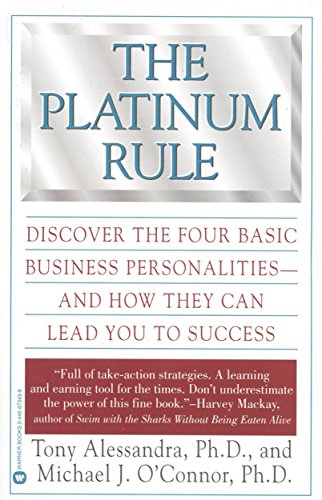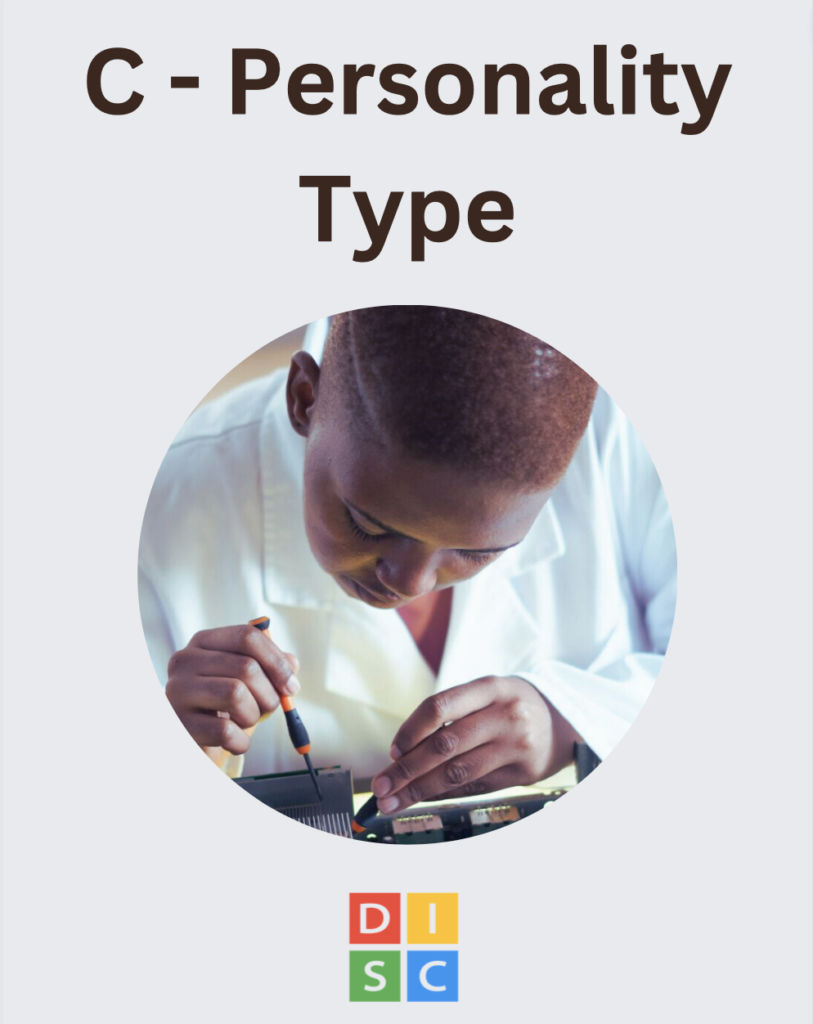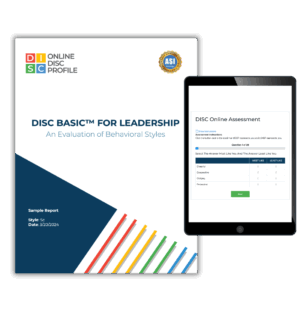Using Leadership Assessment Tools to Make Teams Stronger
Adam Stamm
Managing Partner: Online DISC Profile
How Leadership Assessment Tools Make Teams Stronger
Leadership assessment tools help leaders develop the critical soft skills needed to lead a team. Leadership assessments are useful in understanding a person’s motivations, strengths, and weaknesses, but leadership assessment tools specifically look at someone’s leadership qualities.
Contrary to popular belief, there is no one personality type that is better suited for leadership. While some assessments might identify some types as “natural leaders,” DISC recognizes that every person has the potential to lead and that there are different leadership styles.
Leadership comes in many different forms. The most important thing for a leader to do is to recognize their leadership style and stretch towards behaviors that are less comfortable to them while avoiding turning their strengths into weaknesses. DISC leadership assessment tools will help you do just that.
Read on to learn more about the different leadership styles and why leadership assessment tools can help leaders develop critical leadership skills.
Leadership Assessment Tools identify your DISC Style
Leadership comes in different forms, and no leadership style is better than another. These are the four leadership styles, according to the DISC leadership assessment tool.
D — Dominance
A leader with a type D personality is likely to say something like, “I don’t care how you do it; just get me results.” These leaders tend to focus on the big picture vision and end result rather than the small details and processes and people needed to achieve those results.
A type D leader has no problem speaking up and being assertive. If not careful, their direct communication style can become bossy or pushy, especially when results aren’t met quickly enough for their liking.
I — Influence
A leader with the I personality type wants to rally everyone around their vision and dreams. They are confident, enthusiastic, and highly persuasive. These are the best leaders to put in front of external stakeholders like investors or a board of directors because they can effectively sell a vision without getting bogged down by the details.
On the other hand, leaders with the I personality type may accidentally lead their teams astray by not considering how realistic their vision is and lacking the follow-through needed to achieve their vision.
S — Steadiness
A leader with the S personality type is a leader with whom everyone gets along with. These leaders value teamwork and stability and tend to be great listeners. Leaders with this personality type lead by serving others. They are great at giving their team what they need and facilitating collaboration.
Because S-style leaders value steadiness so much, they tend to be risk-averse and don’t often push their team past their comfort zone.
C — Conscientious
“Show me the data, then let’s talk,” says the C personality type leader. These leaders value precision and accuracy above all and tend to be highly analytical and detail-oriented. They are great leaders for teams that do highly technical or detail-oriented work — like a programming team — because they will set up processes that keep everyone accountable for their contributions.
On the other hand, the C-style leader may often lose the forest for the trees — fixating on the small details instead of the big picture.
Leadership Assessment Tools Can Help You Become a Better Leader
Leadership assessment tools give you valuable insights into how your personality as a leader differs from your overall personality and how to manage your strengths and weaknesses to become the best leader you can be.
Understanding Your Natural and Adaptive Traits
We all have natural and adaptive behaviors and traits. Our natural personality style is how we normally look at the world and behave. For leaders, the adaptive style is how you adapt your personality type and behaviors in a work environment and as a leader.
Leadership assessment tools can show you where there is a difference between your natural and adaptive personality traits. A gap between natural and adaptive traits isn’t necessarily bad, but if there is a big enough gap, it can create tension between how you’re expected to behave and how you actually behave. Leadership assessment tools can help you understand your natural and adaptive traits and give you self-awareness of how you tend to lead.
Balancing Strengths and Weaknesses
Leadership assessment tools also give you a clear picture of your strengths and weaknesses, specifically as a leader. With this information, you can stretch towards strengthening your weaknesses.
Equally as important is not to overextend strengths. All strengths can become weaknesses if they are used as a crutch. For example, the D leader’s tendency towards assertiveness can become a weakness of being demanding or pushy, or an S style’s determination to be liked by the team can become a weakness of saying yes to everyone.
Developing Soft Skills
Most importantly, leadership assessment tools help you develop critical soft skills that will always be in demand. These soft skills include empathy, communication, and collaboration. Leadership assessment tools give you an understanding of how to communicate better with your employees by considering their personality types.
The Platinum Rule — Treat Others the Way They Want to be Treated

People want to be treated according to their behavioral style, not yours. This is a critical lesson that all leaders must learn. Leadership assessment tools give you the perspective to understand how to communicate with others.
This principle is called The Platinum Rule, developed by Dr. Tony Alessandra. The rule states, “treat others the way THEY want to be treated.”
Adapting your behavior has two elements — Flexibility and Aptitude. Flexibility is how willing you are to adapt your behavior, and aptitude is how capable you are to do so. You must intentionally choose to adjust your communicative strategy based on the needs of the situation or other person while keeping in mind that you cannot expect others to do the same. All personality types are equally capable of adapting to others.
The idea isn’t to be a chameleon that blends in and completely loses yourself for the sake of others. It’s about moving towards someone’s personality style while maintaining your own identity.
The Platinum Rule: Treat others the way THEY want to be treated
Dr. Tony Alessandra
By adapting to others, you can improve communication with your team, and they will respect your leadership style more because of your flexibility.
Leadership assessment tools help you adapt your communication to others because they give you a clearer picture of your own communication style, as well as an overview of other personality types.
What Leadership Style Are You?
Whether you’re already a leader or looking to become one, leadership assessment tools give you a unique look into how you can lead successfully.
If you’ve ever wondered what leadership you are or how you can improve your leadership skills, leadership assessment tools are a great place to start.






